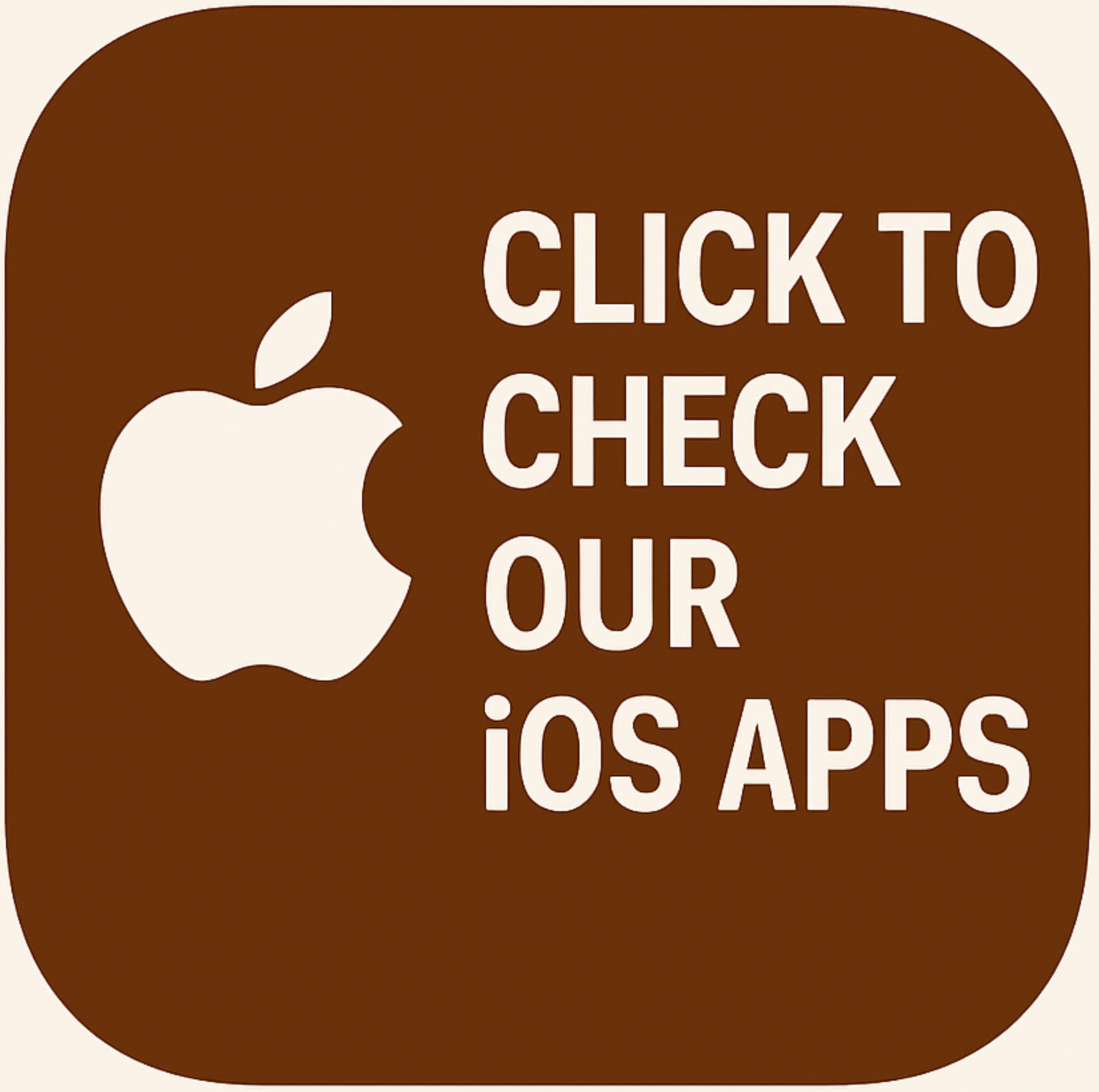A Comprehensive Guide to Optimization Algorithms: AdaGrad, RMSProp, and Adam In the realm of machine learning, selecting the right optimization algorithm can significantly impact the performance and efficiency of your models. Among the various options available, AdaGrad, RMSProp, and Adam are some of the most widely used optimization algorithms. Each of these algorithms has its own strengths and weaknesses. In this article, we’ll explore why AdaGrad ( which we explained fully on day 37 ) might not always be the best choice and how RMSProp & Adam could address some of its shortcomings. AdaGrad: Why It’s Not Always the Best Choice What is AdaGrad?AdaGrad (Adaptive Gradient Algorithm) is one of the first adaptive learning rate methods. It adjusts the learning rate for each parameter individually by scaling it inversely with the sum of the squares of all previous gradients. The Core Idea:The idea behind AdaGrad is to use a different learning rate for each parameter that adapts over time based on the historical gradients. Parameters with large gradients will have their learning rates decreased, while parameters with small gradients will have their learning rates increased. The Core Equation:Where: represents the parameters at time step . is the initial learning rate. is the sum of the squares of past gradients up to time step . is a small constant to avoid division by zero. is the gradient at time step . Why AdaGrad Might Not Be Ideal: Learning Rate Decay:The primary issue with AdaGrad is that the learning rate can decay too quickly. As training progresses, the sum of squared gradients () increases, causing the effective learning rate to shrink continuously. This can lead to the learning process slowing down excessively or even coming to a halt before reaching the global optimum. Not Suitable for Deep Learning:Because of the rapid learning rate decay, AdaGrad is not well-suited for deep learning models where long training times and large amounts of data are common. It tends to perform better on simpler models or scenarios where the data is sparse. RMSProp: A Solution to AdaGrad’s Shortcomings What is RMSProp?RMSProp was introduced to tackle the rapid learning rate decay issue in AdaGrad. It builds upon AdaGrad by modifying how the learning rate is adapted. Key Differences:Exponential Moving Average: Instead of summing all the past squared gradients like AdaGrad, RMSProp maintains an exponentially decaying moving average of squared gradients. This prevents the learning rate from diminishing too quickly, allowing the model to continue learning effectively throughout the training process. The Core Equations:Where: is the decay rate (typically set to 0.9). is the exponentially weighted moving average of squared gradients. The rest of the terms are similar to those in AdaGrad. Why RMSProp is Better: Controlled Learning Rate Decay:The decay rate ensures that only a portion of past gradients is used in each update, preventing the learning rate from decaying too quickly. This allows RMSProp to work well in non-stationary settings, where the ideal learning rate might change over time. Broad Applicability:RMSProp is effective for a wide range of problems, including deep learning. It’s particularly useful in scenarios where you’re dealing with noisy or non-stationary objectives. Adam: Combining the Best of Both Worlds What is Adam?Adam (Adaptive Moment Estimation) is an optimization algorithm that combines the advantages of RMSProp and momentum. It computes adaptive learning rates for each parameter, similar…



